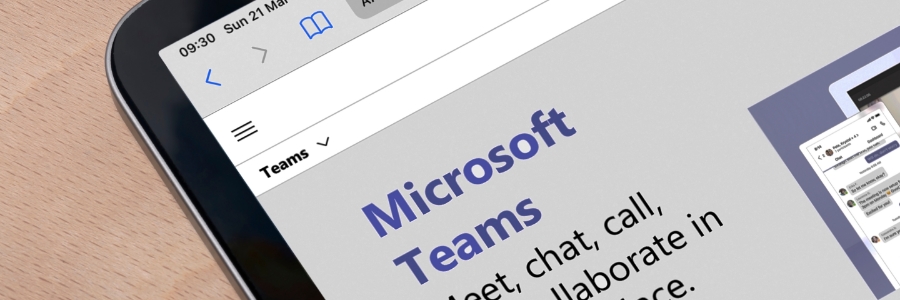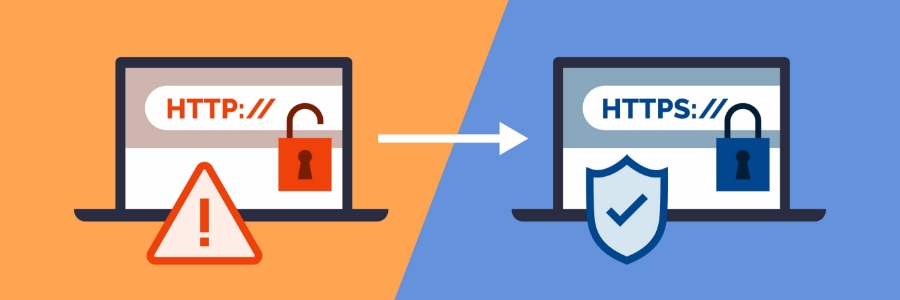Even if you're using a firewall and anti-malware software, hackers could still intercept data being sent to and from your device. So if you're not using a virtual private network (VPN) to browse the internet, you're leaving your business at risk of data theft.
Improve internet security with VPN
How to implement proactive cybersecurity in your business

Businesses today are under constant attack from cybercriminals. In order to protect their data and operations, companies must put in place robust cybersecurity measures such as proactive cybersecurity. This blog post will explain what proactive cybersecurity is and how you can implement it in your business.
The S in HTTPS: What it is and why you should care
A guide to IT security terms everyone should know

You've probably heard the term "malware" thrown around a lot, but what does it actually mean? In this article, we will define malware and a few other commonly used terms in IT so you can better protect your business. Understanding these basic cybersecurity concepts doesn’t require deep IT expertise, so read on.
Securing Microsoft Teams: Practical tips to keep your workplace safe

Microsoft Teams is a great tool that can help improve communication and collaboration in the workplace. However, the popular business communication platform can also be a security concern if it's not adequately secured. In this blog, we’ll dive into some practical tips for securing Microsoft Teams and keeping your workplace safe.
Protecting your Microsoft 365 environment and data

For many businesses, Microsoft 365 is their go-to productivity suite because it offers powerful features, cost-saving benefits, and world-class security. And while Microsoft continuously looks for ways to address security concerns, the changing threat landscape can put Microsoft 365's security measures to the test.
The three kinds of hackers every business should watch out for

Hackers come from all different backgrounds. Some hackers are motivated by money and politics, while others simply hack systems for fun. In this blog post, we will define the three kinds of hackers and how each one differs from the others.
A complicated history
In the 1950s, the term “hacker” was vaguely defined as someone who explored the details and limits of computer technology by testing them for a variety of purposes.
The crucial role of MSPs in SMB cybersecurity
Fileless malware: The invisible threat
The risks of password autofill

Hackers may have found an effective way to track users using a web browser or password manager’s password autofill feature. Here’s how they do it and what you can do to protect yourself.
Why password autofill is so dangerous
Modern web browsers and password managers have a feature that enables usernames and passwords to be automatically entered into a web form.





